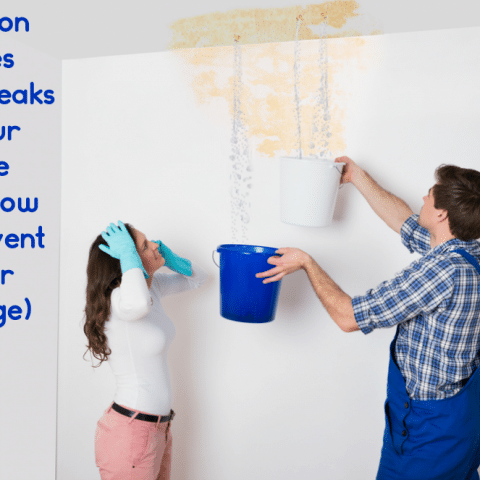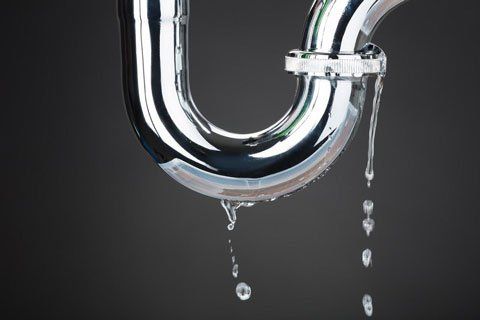This great article in the next paragraphs on the subject of Leaking water lines is quite stimulating. You should see for yourself.

Early discovery of dripping water lines can reduce a possible calamity. Aside from saving you money, it will certainly minimize the stress as well as stress. The moment you locate a leak, calling your plumber for repair work is the most effective remedy. However, some tiny water leaks might not be visible. If you can not identify it with your nude eyes, here are some hacks that assist.
1. Check Out the Water Meter
Every home has a water meter. Inspecting it is a surefire manner in which aids you find leakages. For starters, shut off all the water resources. Ensure nobody will certainly flush, make use of the tap, shower, run the cleaning machine or dishwasher. From there, most likely to the meter as well as watch if it will alter. Given that no person is utilizing it, there should be no activities. If it moves, that suggests a fast-moving leakage. Similarly, if you spot no changes, wait a hr or two and check back once again. This implies you may have a sluggish leak that can also be below ground.
2. Examine Water Consumption
If you find sudden adjustments, despite your consumption being the exact same, it means that you have leaks in your plumbing system. An unexpected spike in your expense suggests a fast-moving leakage.
A stable increase every month, also with the same habits, reveals you have a slow-moving leakage that's likewise slowly escalating. Call a plumber to extensively inspect your property, specifically if you really feel a warm location on your floor with piping underneath.
3. Do a Food Coloring Examination
When it concerns water consumption, 30% comes from commodes. Examination to see if they are running effectively. Drop flecks of food shade in the storage tank as well as wait 10 mins. If the color in some way infiltrates your dish throughout that time without flushing, there's a leakage between the container as well as bowl.
4. Asses Exterior Lines
Don't neglect to check your outside water lines too. Must water seep out of the connection, you have a loosened rubber gasket. One little leak can lose heaps of water as well as increase your water bill.
5. Examine as well as Assess the Scenario
Property owners ought to make it a routine to inspect under the sink counters as well as also inside cabinets for any kind of bad odor or mold and mildew development. These 2 warnings indicate a leakage so punctual interest is called for. Doing routine evaluations, even bi-annually, can save you from a significant problem.
Check for discolorations and deteriorating as the majority of pipelines as well as appliances have a life expectations. If you think dripping water lines in your plumbing system, do not wait for it to escalate.
Early discovery of dripping water lines can alleviate a potential disaster. Some little water leaks may not be visible. Examining it is a guaranteed way that aids you find leakages. One small leak can throw away tons of water and surge your water costs.
If you presume leaking water lines in your plumbing system, don't wait for it to escalate.
How to Know If Your Home Has a Hidden Leak
Water Meter Reveals Inexplicable Water Usage
If you’d like to test whether or not there’s a leak somewhere in your home, you can do this using your water meter. Here is how to conduct the test:
Don’t use any water in your home for at least 30 minutes; this also means not turning on faucets or water-using appliances.
Go outside, and check your water meter for activity.
If your water meter shows that there was activity, even though no one was using any water, this proves that there is a leak in your home.Visible Mold or Mildew Growth
Leaks behind walls create moist, dark environments that allow mold and mildew to grow and thrive. Eventually, you might see mold growth forming on the wall closest to a hidden leak.
If mold is growing in an area that receives a high amount of moisture, such as a bathroom, it may simply be an indication that better ventilation is needed. However, if you see mold growth on a wall or the ceiling in an area where you would not expect, you probably have a hidden leak.
Musty, Mildew Odor
Sometimes you might not be able to see the mold or mildew that is growing as a result of a leak. However, the smell can give the problem away just as easily. If you catch a whiff of something musty, there’s a good chance that old water is collecting somewhere in your home that you can’t see.
Stained/Warped Walls, Ceilings, or Floors
When your home soaks up water, a variety of red flags can become visible, including ceiling stains, bubbling drywall, warped walls, and sagging floors. While these issues can be caused by excess humidity, they can also be signs that a pipe or plumbing connection has started leaking behind your walls.
Inexplicably High Water Bill
After a while, you get a general sense for what your water bill should be. If you own a pool or sprinkler system, your bill will tend to be higher during summer. However, if you receive a water bill that seems especially high, and you can’t figure out what caused it, then you may have a hidden leak somewhere that’s increasing your bill.
https://www.plumbingjoint.com/blog/2019/july/how-to-know-if-your-home-has-a-hidden-leak/

We had been brought to that write-up about Top leak detection hacks from someone on another web blog. Kindly take the time to promote this blog posting if you enjoyed reading it. Many thanks for going through it.